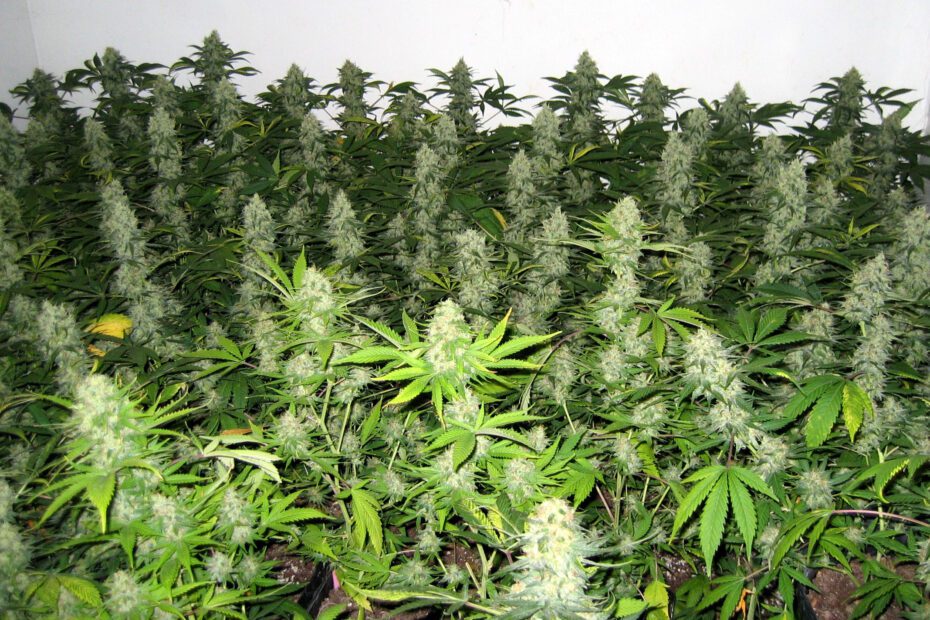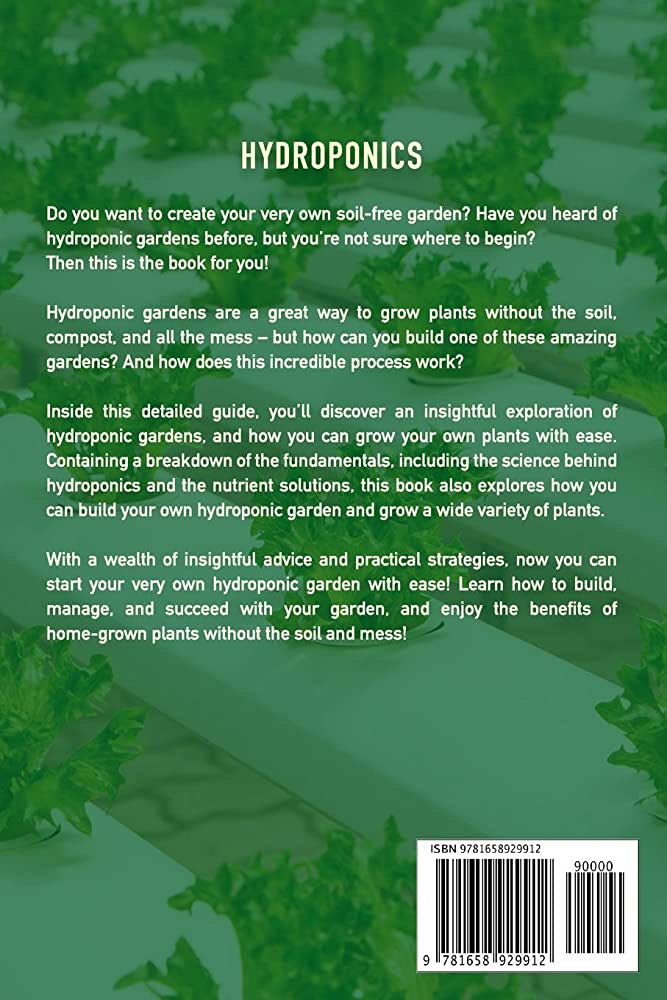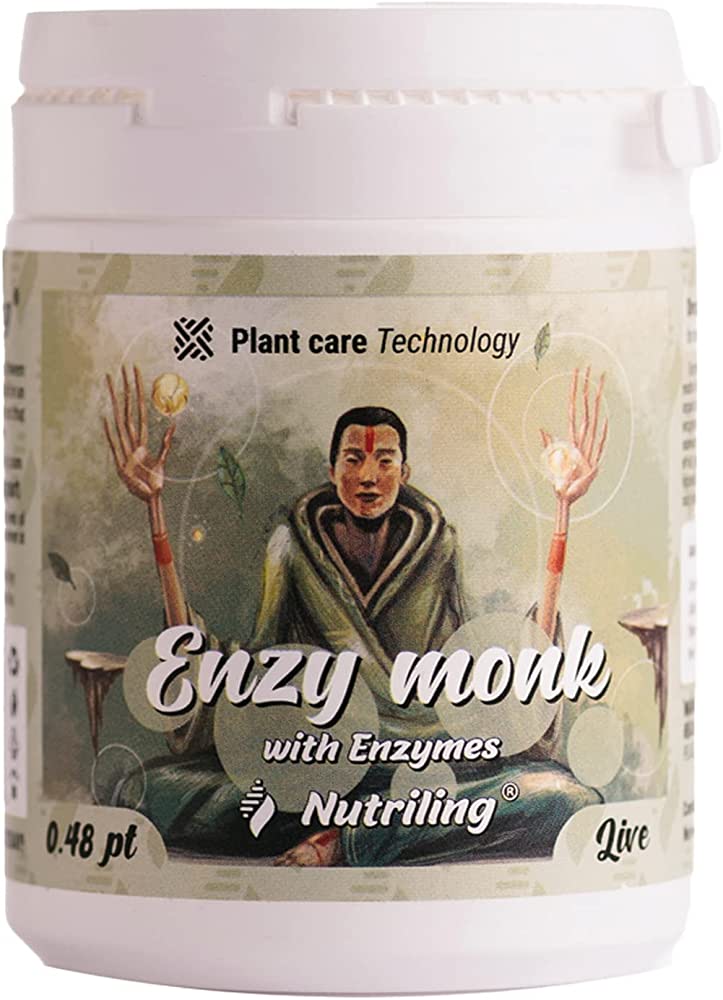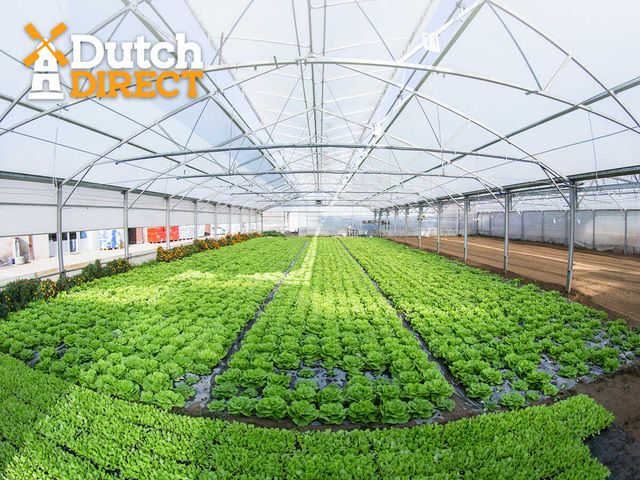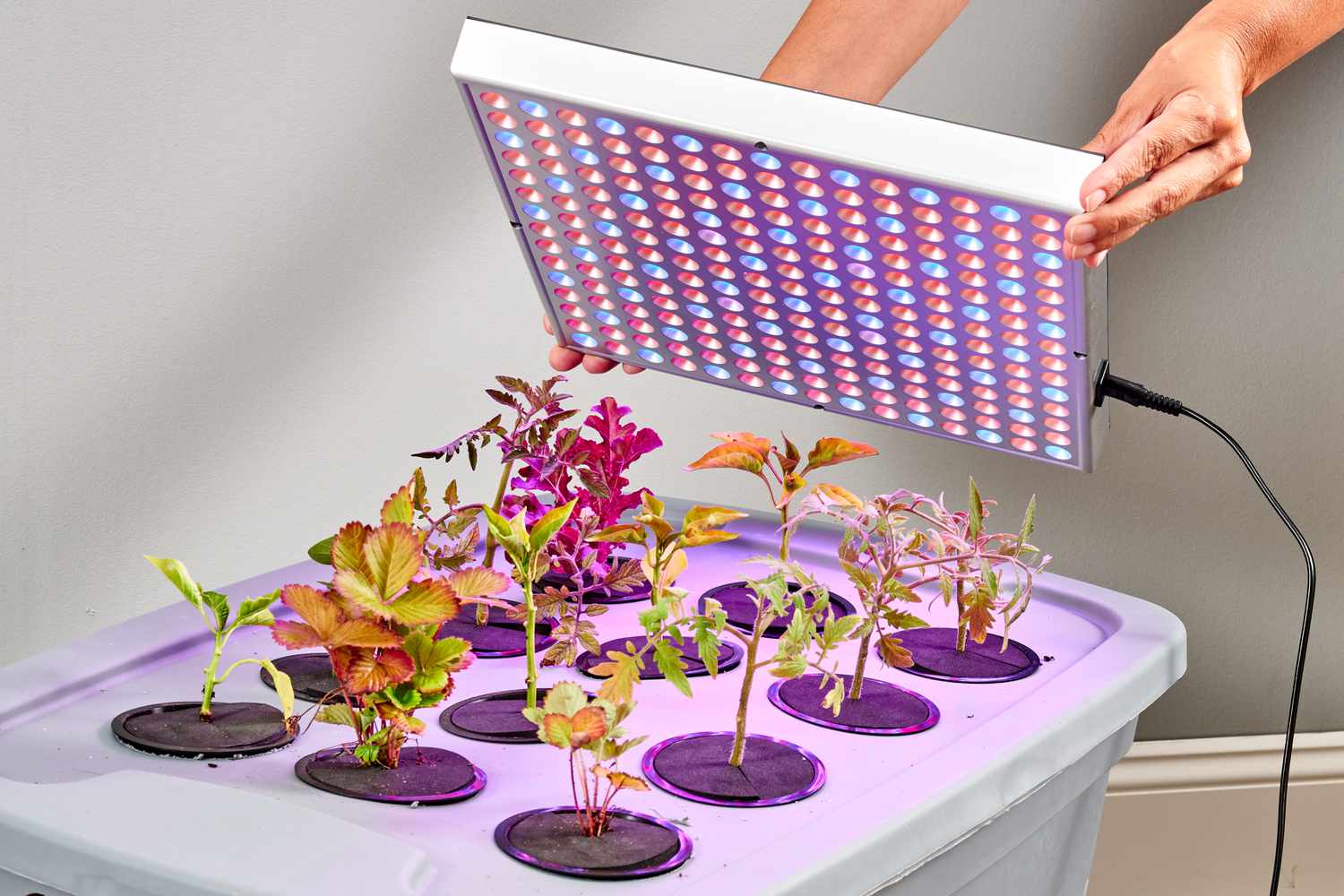The fastest-growing hydroponic plants for quick harvests are lettuce, spinach, and herbs such as basil and cilantro. Hydroponics is a popular way of growing plants today, especially among those who do not have access to arable land or who want to grow plants using less water.
This soilless agriculture method uses nutrient-rich solutions to provide the plants with essential nutrients required for their growth. The plants grow at a faster rate than in traditional soil farming, resulting in quicker harvests. Some of the fastest-growing hydroponic plants for quick harvests are lettuce, spinach, and herbs such as basil and cilantro.
These plants mature in a few weeks and can provide a quick harvest. If you are just starting with hydroponic gardening, these plants are an excellent option to grow.
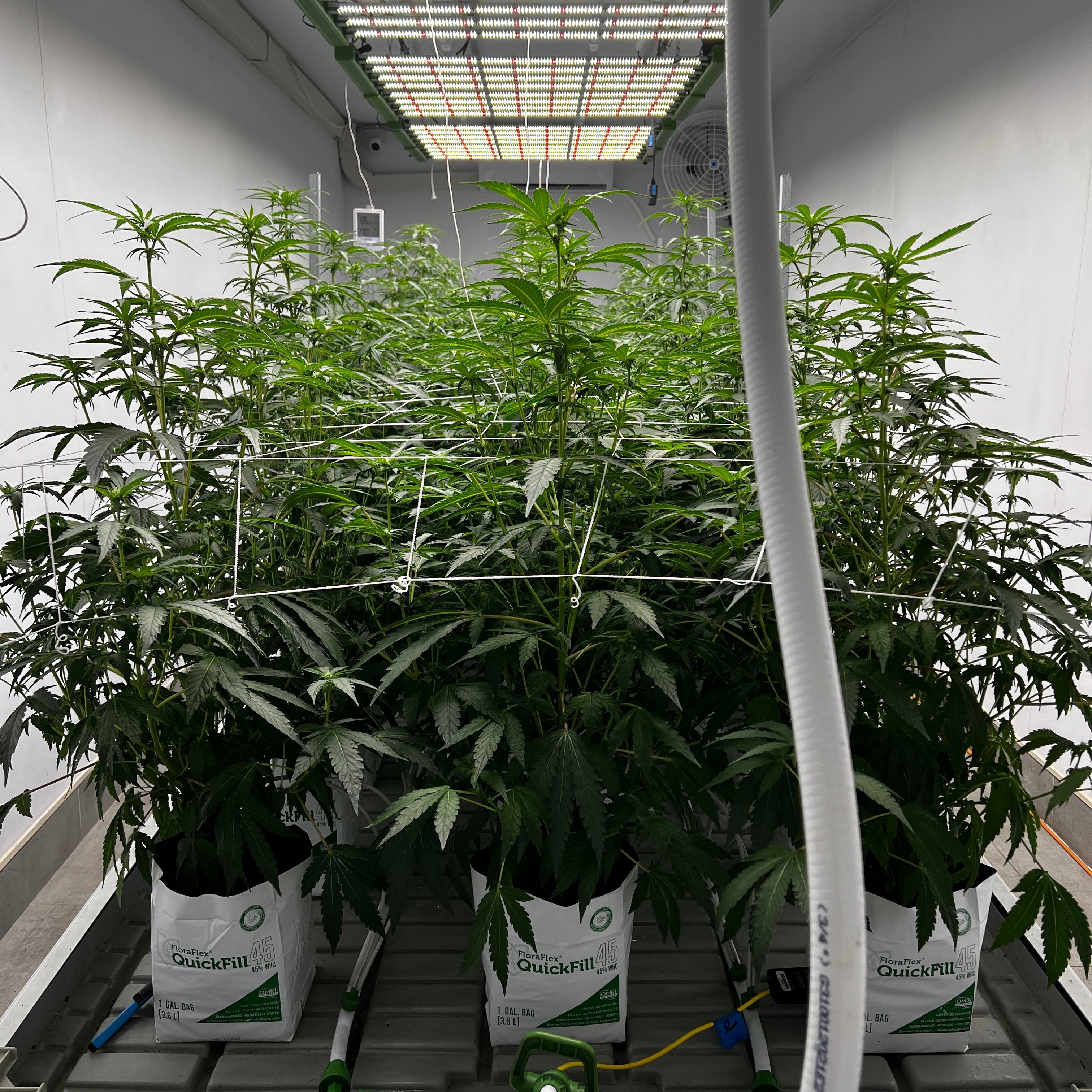
Credit: floraflex.com
Understanding Hydroponic Gardening
What Is Hydroponic Gardening?
Hydroponics is a method of growing plants without soil, using water, nutrients, and artificial light. This technique uses an inert growing medium such as coconut coir, rockwool, or perlite to support the plants and provide aeration. In hydroponic gardening, plants receive nutrients directly, leading to faster and healthier growth.
Advantages Of Hydroponic Gardening
Hydroponic gardening offers several advantages over traditional soil-based gardening. Some of them include:
- Requires less space, making it ideal for urban gardeners who have limited space.
- Plants grow faster in hydroponics due to the direct supply of nutrients and better control over growing conditions.
- Hydroponic gardening uses up to 90% less water than traditional gardening methods, making it a more sustainable option.
- It is less prone to pests and diseases as the growing medium is sterile and not taken from soil.
- Hydroponic gardening allows for year-round production as it is not affected by seasonal changes.
Disadvantages Of Hydroponic Gardening
While hydroponic gardening has many advantages, there are also some disadvantages that need to be considered. Some of them include:
- High initial setup costs can be a barrier to entry.
- Hydroponic systems require constant monitoring and maintenance to ensure that nutrient levels and ph remain stable.
- If the power goes out, plants can be quickly damaged and lose their viability as they rely on artificial light.
- Hydroponic gardening relies on a finite nutrient input, meaning it is significant to ensure that the nutrient solution replenishes regularly.
Hydroponic gardening is an innovative approach to growing plants, offering many advantages. It is highly efficient, sustainable, and yields quick results. By understanding this unique method of gardening, you can accomplish bountiful harvest all year round.
Choosing The Right Fast-Growing Hydroponic Plants
Fast-Growing Hydroponic Plants For Quick Harvests
Looking to grow plants quickly using hydroponics? Fortunately, there are various types of fast-growing hydroponic plants that you can choose from. We’ll discuss how to select the right fast-growing hydroponic plants to ensure a bountiful harvest.
Criteria For Selecting Fast-Growing Hydroponic Plants
When it comes to growing plants with hydroponics, selecting the best plant species is crucial. Here are some criteria for choosing the right fast-growing hydroponic plants:
- Quick growth cycle: Select plants that do not require too much time to mature and produce yields.
- High yield: Choose plant species that offer maximum yield in a limited period.
- Disease-resistant: Opt for crops that have high disease resistance, so that you don’t have to worry about plant damage frequently.
- Manageable size: Consider the size of your hydroponic system and select plants that are proportional to it.
Top Varieties Of Fast-Growing Hydroponic Plants
Now that you know what to look for, it’s time to explore some top varieties of hydroponic plants that grow quickly:
- Lettuce: An ideal hydroponic plant, lettuce grows exceptionally quickly and is a good source of essential nutrients.
- Basil: Great for seasoning, basil grows quickly in a hydroponic system and adds flavor to your dishes.
- Spinach: Spinach is another perfect addition to a hydroponic system, producing yields in as short as 4 weeks.
- Arugula: Nutritious and relatively easy to grow, arugula is known for its quick growth and high yield.
Nutrient Requirements For Fast-Growing Hydroponic Plants
Nutrients are vital for plants to grow quickly and healthily. Here are some essential nutrients your fast-growing hydroponic plants need:
- Nitrogen: This nutrient is crucial for plant growth and the creation of amino acids, proteins, and chlorophyll.
- Phosphorus: It helps with the development of the roots, flowers, and fruit.
- Potassium: It helps with the overall growth of plants and the enhancement of its resistance to stress, like disease and temperature changes.
- Calcium: This nutrient helps with cell wall formation, nutrient uptake, and overall growth.
Choosing the right hydroponic plants can have a significant impact on your yield and harvest. By selecting fast-growing hydroponic plants that require minimal care, you’ll be able to enjoy a bountiful and healthy harvest in no time.
Setting Up Your Hydroponic System For Optimal Yield
Fast-Growing Hydroponic Plants For Quick Harvests
Hydroponics is a soil-less cultivation technique that involves growing plants in nutrient-rich water, ensuring a quick and profitable harvest. With hydroponics, farmers can grow their crops year-round, regardless of the season. Setting up your hydroponic system correctly will ensure optimal yield.
In this section, we’ll go through the types of hydroponic systems and the components you’ll need for your system.
Types Of Hydroponic Systems
Hydroponic systems come in several types. Here are some of the most popular:
- Deep water culture (dwc): Plants are grown in a nutrient-rich water solution, with their roots directly submerged.
- Nutrient film technique (nft): Plants are grown in a shallow stream of nutrient-rich water.
- Drip system: A timer-controlled pump is used to provide nutrient-rich water to the plants via a drip line.
- Aeroponic system: Plants are grown in the air, with their roots misted with nutrient-rich water.
Components Needed For A Hydroponic System
To create a hydroponic system, you’ll need:
- A container to hold the nutrient-rich water, such as a fish tank.
- A pump to circulate the water.
- A growing medium, such as perlite or vermiculite, to support the plants’ roots.
- Nutrient solution for the plants.
- Lighting to support plant growth, such as led lights.
Designing Your Hydroponic System For Maximum Yield
The following tips will help you design your hydroponic system for optimal yield:
- Choose the appropriate system for your crops and growing environment.
- Maintain the water temperature at an appropriate level, ideally between 65-75 degrees fahrenheit.
- Monitor water quality, ph levels, and nutrient concentrations regularly and adjust as necessary.
- Ensure adequate lighting for plant growth.
- Choose the right crops for your hydroponic system. Some crops that grow quickly and are well-suited for hydroponics include lettuce, spinach, radishes, and herbs.
With a little planning, designing and setting up your hydroponic system can be simple and cost-effective. Following these tips will result in a system that yields quick and abundant harvests all year round.
Maintaining The Health And Growth Of Your Hydroponic Plants
Fast-growing hydroponic plants are an excellent choice for gardeners who want to harvest their crops quickly. If you’re new to hydroponic gardening, there are some things that you need to keep in mind to ensure that your plants stay healthy and grow as fast as possible.
In this section, we will be discussing some essential tips to help you maintain the health and growth of your hydroponic plants.
Hydroponic gardening may seem complicated, but by following some basic guidelines, you can grow healthy plants. Below are some critical points that you need to keep in mind for maintaining the health and growth of your hydroponic plants.
Detecting And Preventing Pests And Diseases In Hydroponic Systems:
Maintaining pest and disease-free plants is essential if you want to grow fast-growing hydroponic plants. Here are some tips that can help:
- Inspect your plants regularly to detect any signs of pests or diseases.
- Maintain a clean and sterile growing environment for your hydroponic plants.
- Use beneficial insects, such as ladybugs, to control pests.
- Use an organic treatment, such as neem oil, to treat any infestations.
Proper Lighting And Temperature For Fast-Growing Hydroponic Plants:
For hydroponic plants to grow well and produce healthy yields, they need the right amount of light and temperature. Here are some quick tips to help:
- Plants need at least 14 to 16 hours of light, so make sure your hydroponic setup has enough light sources.
- Keep the temperature between 65 and 75 degrees fahrenheit, as it’s the ideal range for most plants.
- Ensure that the lighting and temperature are consistent throughout the day.
Maintaining Nutrient Levels In Your Hydroponic Solution:
Nutrient-rich hydroponic systems are crucial to fast-growing plants, so it’s essential to monitor and maintain nutrient levels correctly. Here’s how:
- Monitor the ec and ph levels regularly and make necessary adjustments.
- Make sure that there is enough oxygen in the nutrient solution.
- Replace the nutrient solution every two to three weeks to ensure that your plants get all the nutrients they need.
Growing fast-growing hydroponic plants can be an exciting process. With proper care and attention, you can grow healthy and bountiful crops. Implement the tips above and watch your hydroponic plants reach their full potential!
Frequently Asked Questions Of Fast-Growing Hydroponic Plants For Quick Harvests
What Are The Benefits Of Hydroponic Plants?
Hydroponic plants grow faster, produce higher yields, and use less water than traditional soil-based plants.
Which Plants Grow Quickly In Hydroponics?
Fast-growing hydroponic plants include lettuce, kale, spinach, radishes, and herbs such as basil and mint.
What Nutrients Do Hydroponic Plants Need?
Hydroponic plants need a balanced mix of macronutrients, including nitrogen, phosphorus, and potassium, as well as micronutrients like calcium and magnesium.
Can Hydroponic Plants Be Grown Indoors?
Yes, hydroponic plants can be grown indoors using grow lights or natural light, making them a great option for urban gardening or year-round growing.
How Often Should Hydroponic Plants Be Watered?
Hydroponic plants should be watered frequently, often several times a day, to ensure that the roots have access to enough water and nutrients.
Do Hydroponic Plants Require Pesticides?
Because hydroponic plants grow in a more controlled environment, they are less susceptible to pests and diseases and may not require pesticides, although natural pest control methods can be used as needed.
Conclusion
As you can see, hydroponic plants can provide a quick and efficient way to grow crops without soil. From leafy greens to flavorful herbs and juicy fruits, there are countless fast-growing plants that thrive in hydroponic systems. With the right techniques and equipment, you can enjoy a bountiful harvest in just a matter of weeks.
Consider incorporating fast-growing plants like lettuce, spinach, and cherry tomatoes into your hydroponic garden to enjoy fresh produce all year round. Remember to choose the right plant varieties for your needs and maintain optimal growing conditions to ensure success. Whether you’re a seasoned gardener or a novice, hydroponics can offer a fun and rewarding way to grow your own food and enjoy the benefits of fresh, healthy produce.
So why not give it a try?
- Why Ease of Use is Crucial in Trucking Dispatch Software - September 22, 2024
- Better Communication With Dispatchers: How Trucking Dispatch Software Can Optimize Operations - September 7, 2024
- Maximizing Efficiency: The Importance of Accurate Location Tracking for Trucking Operations - August 23, 2024
